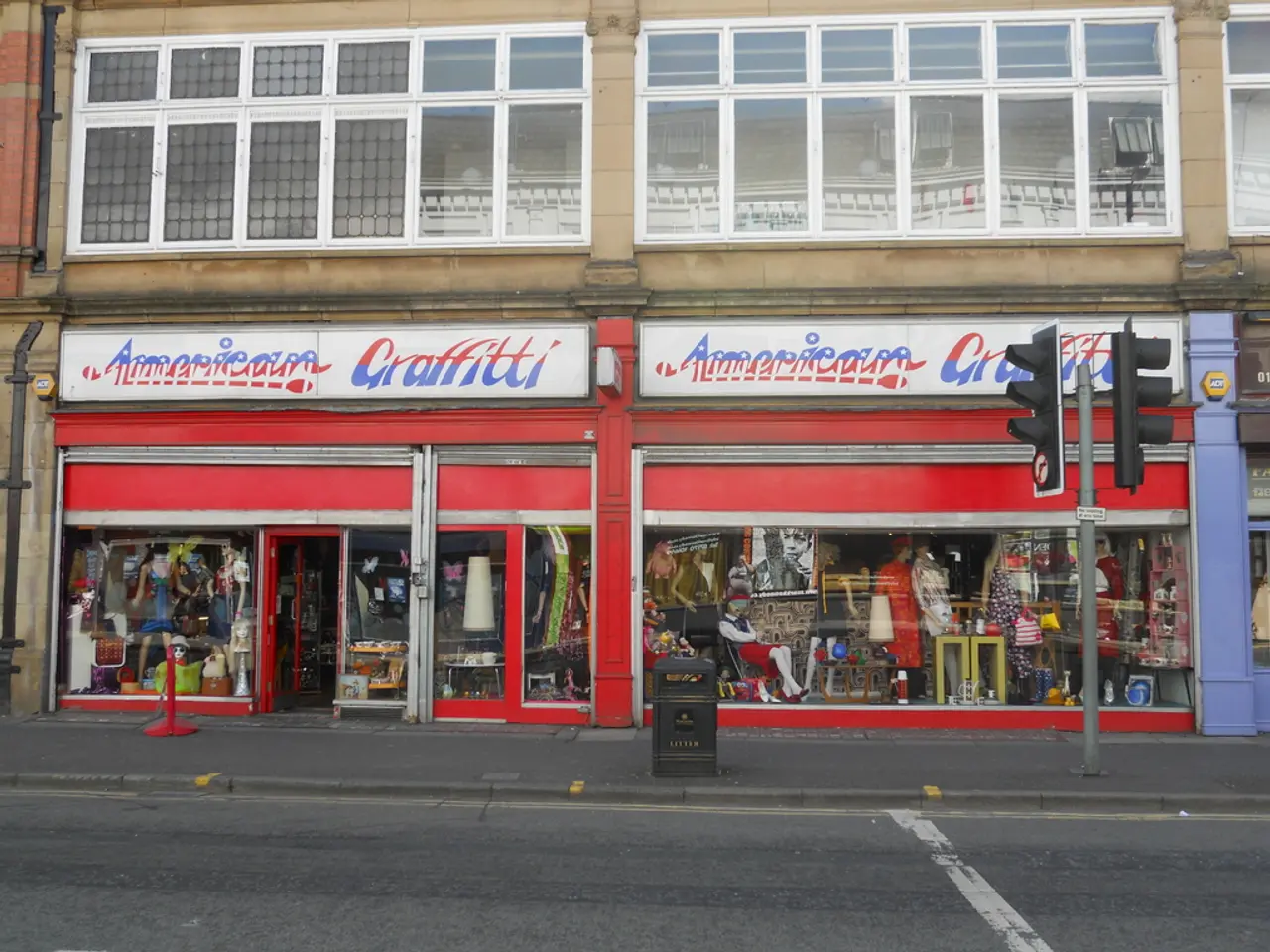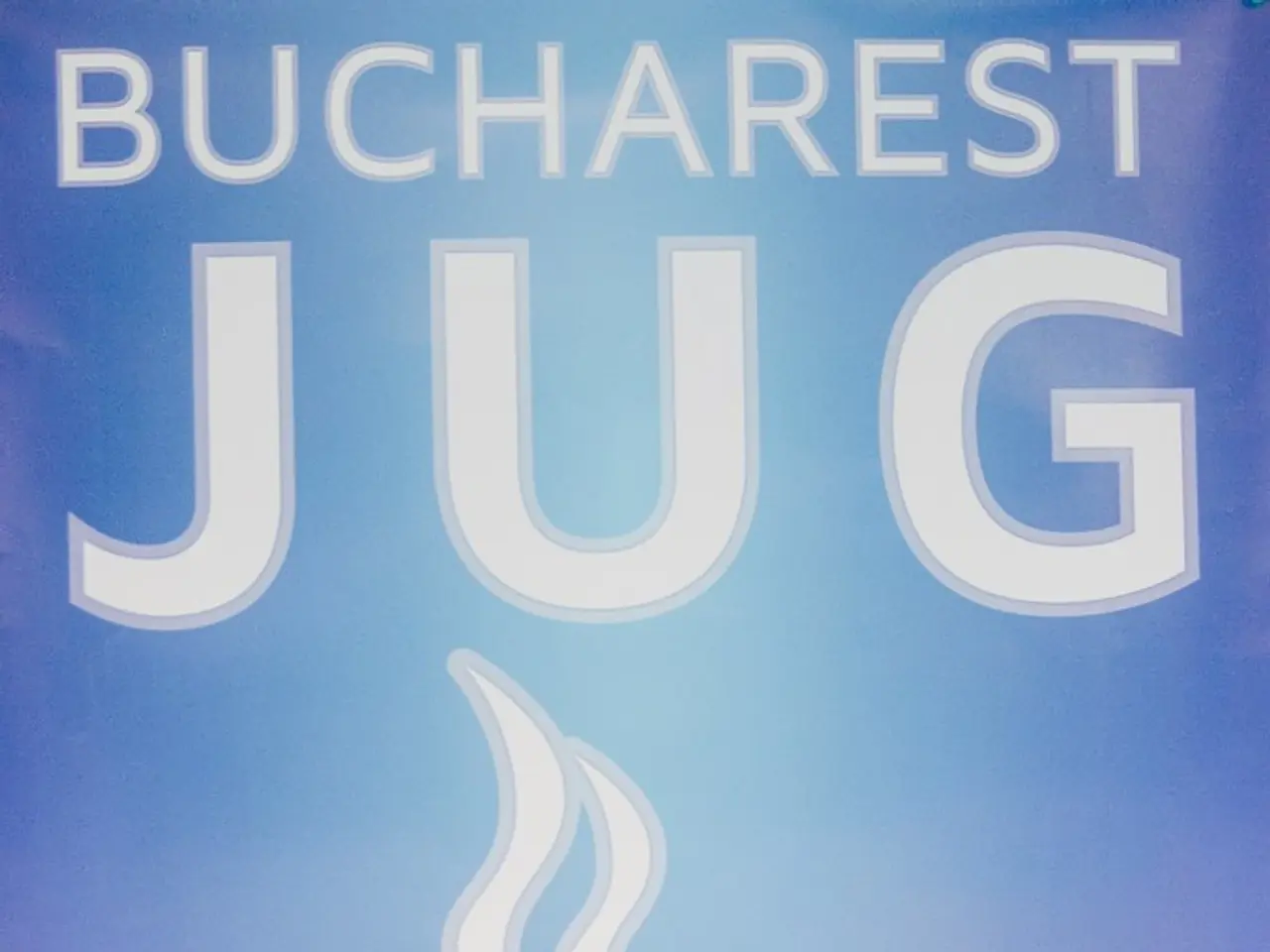Frustrating Commute: Munich's Persistent Traffic Jams Test Patience, Pushing Some to the Boiling Point
Traffic Congestion in Munich, Germany
Munich, a vibrant city in southern Germany, is known for its rich history, bustling streets, and picturesque landscapes. However, like many urban centers, it faces the challenge of managing traffic congestion, especially in key transportation hubs.
Munich Hauptbahnhof (Munich Central Station)
The Munich Hauptbahnhof (Munich Hbf) is a significant rail hub, particularly for InterCity Express (ICE) trains. This station experiences crowding and schedule confusion, especially during travel disruptions. Its role as a central point of passenger flow makes it highly sensitive to delays or disruptions [1].
Road Congestion
On the road side, highways and autobahns around Munich are notorious for heavy traffic, especially during peak travel times. Routes heading towards Austria, Italy, and the Balkans are particularly congested. Regional highways like the Federal Highways A9 and A93 also see increased traffic [1][2].
During large holiday weekends or peak travel days, such as the early August 2025 chassé-croisé weekend, highways around Munich face massive delays due to simultaneous start and end of vacations across Europe [2].
The Mittlerer Ring
Parts of the Mittlerer Ring, officially the federal highway B2R, are among the most congested routes in Germany. Specific areas affected by traffic congestion on the Mittlerer Ring include the Donnersberger Bridge, the Petuel Tunnel, the Luise-Kiesselbach Tunnel, and the Tegernseer Landstraße [3].
Munich Airport
While not located within the city area, the Munich Airport is a significant traffic hub, handling 41.6 million commercial passengers in 2024 and flying to 224 destinations in 64 countries [4].
Public Transportation Hubs
In the heart of the city, the main train station serves as a significant traffic hub, connecting to the Stammstrecke, which runs between the other two main train stations, Pasing and Munich Ost. The underground hotspots are the stations: Marienplatz, Sendlinger Tor, and Karlsplatz (Stachus) [5].
The underground traffic hubs where several U-Bahn lines, trams, and buses intersect are located in and around the Altstadtring, the innermost street ring of Munich [5]. Leopoldstraße, not far from the Altstadtring, is often overcrowded and serves as a catwalk for car posers and the venue for car parades [6].
In conclusion, Munich's traffic infrastructure, particularly the Munich Hauptbahnhof and the Mittlerer Ring, faces significant congestion. While specific inner-city Munich traffic hubs were not directly identified, it is reasonable to infer that congestion is likely heavy in areas connecting to these transport corridors during peak times.
The finance industry and the automotive sector in Munich are significantly impacted by traffic congestion, as delays and disruptions on key transportation routes directly affect the efficiency of goods delivery and commuter travel. The congested Mittlerer Ring, for instance, poses challenges for truck deliveries and quick passenger transport. Additionally, the public-transit system, particularly the underground hubs around the Altstadtring and Leopoldstraße, experiences peak-time overcrowding, affecting both local residents and tourists. This congestion in Munich's transport infrastructure potentially impacts the city's appeal for investments in the finance and automotive sectors.




